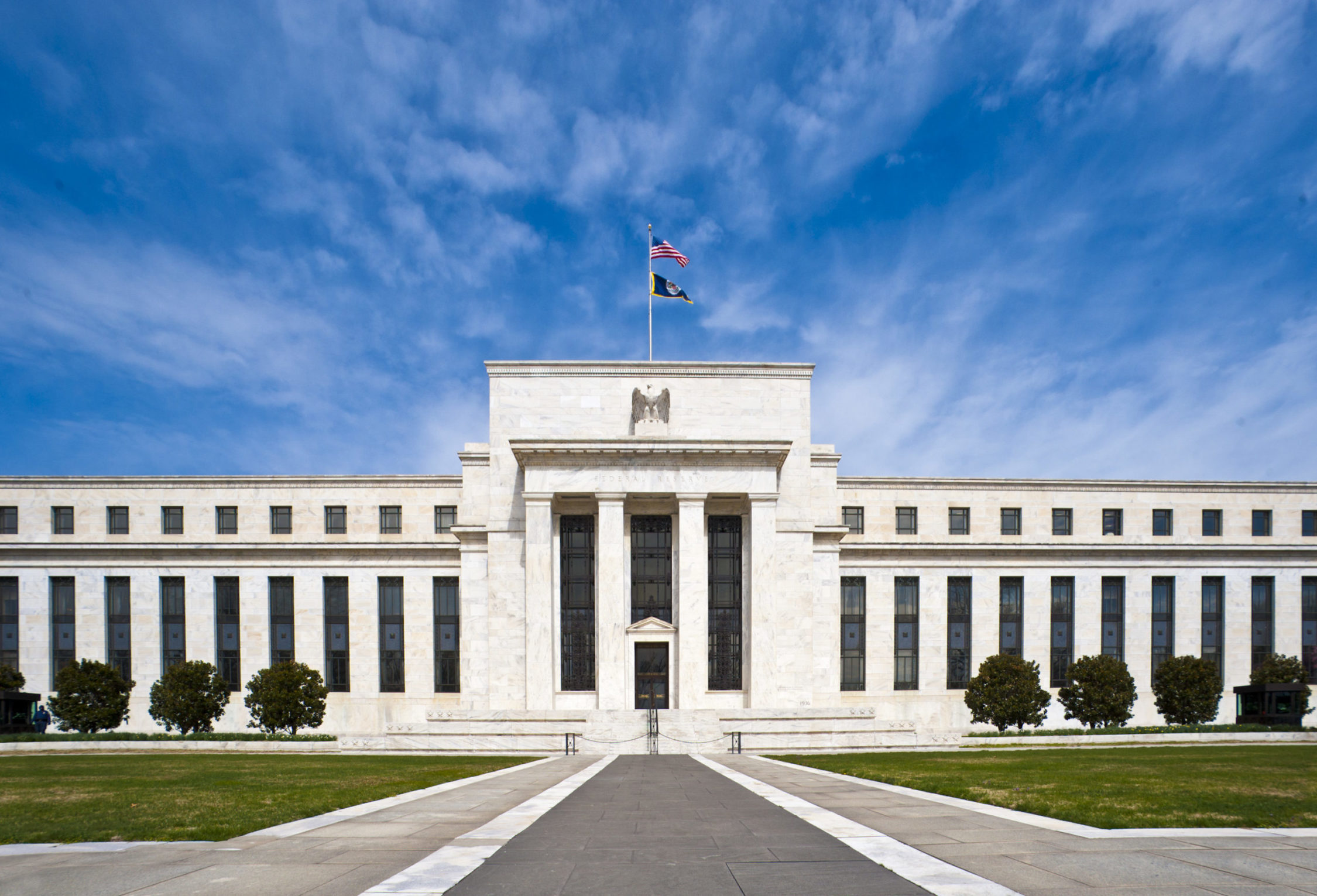The last time the Federal Reserve introduced measures such as these during the Global Financial Crisis (GFC) in 2008 it stopped short of purchasing corporate bonds.
However, this was not the case last Monday when the central bank announced an effectively unlimited quantitative-easing programme to support the ailing global economy.
In an unprecedented move for the Fed, it plans to purchase exchange-traded funds for the first time in history, a testament to how far the $5trn industry has come since the crisis 12 years ago.
Despite the show of faith in the ETF structure however, there are a number of interesting developments resulting from the move.
The first is the Fed’s decision to hire BlackRock to execute the purchases on its behalf. The appointment mirrors the central bank’s decision to hand the asset manager the role of managing the Bear Stearns and American International Group assets during the GFC.
BlackRock is the world’s largest supplier of ETFs with over $1.8trn assets under management (AUM). Of this, the US giant controls around 50% of the fixed income ETF market including the world’s largest bond product, the $67bn iShares Core US Aggregate Bond ETF (AGG).
One solution to this problem, an industry source told ETF Stream, is the Fed could have looked at other fixed income giants such as PIMCO or Nuveen, which do not have as a big of a stake in the ETF game.
Instead, the Fed chose the manager it had dealt with before and while the central bank will not own more than 20% of the assets of any broad-based ETF, there are only a certain number of ETFs that fit the bill, the majority being BlackRock and Vanguard products. However, the Fed has stated BlackRock will treat all qualifying ETFs on an equal footing.
Furthermore, while the US giant has made the decision to rebate fees it receives from any ETF investment on the Fed programme, the indirect benefits have already been seen as traders have piled into BlackRock ETFs last week in a move to front-run the Fed.
Bond ETF discounts are not ‘price discovery’
The world’s largest credit ETF, the iShares iBoxx $ Investment Grade Corporate Bond ETF (LQD), for example, saw record one-day inflows of $1.5bn on Tuesday.
Meanwhile, the majority of market makers have found themselves short credit prior to the Fed’s announcement which led LQD to trade at a 5% premium, its biggest since launch in 2002.
This big swing will be of further concern for investors worried about the structural problems arising with bond ETF discounts over the past few weeks.
As Federico Cupelli, senior regulatory policy advisor at EFAMA, says: “These are trading at steep discounts (which is only natural), but I am concerned most retail investors are not aware of these exceptional dynamics.”
Despite these questions, the Fed’s nod to the ETF wrapper is no doubt a positive for an ecosystem still viewed through negative lenses from some parts of the investment industry.



